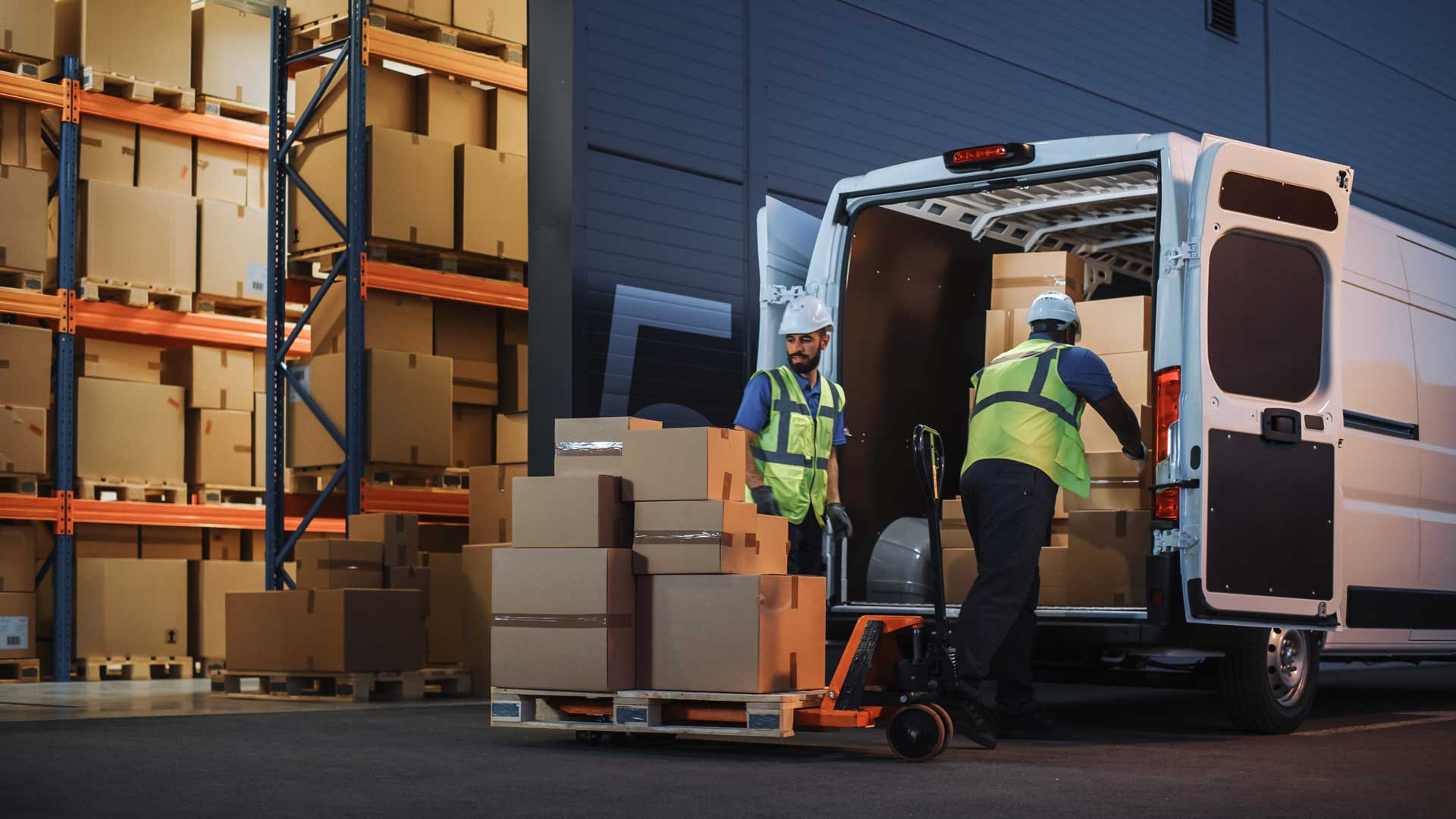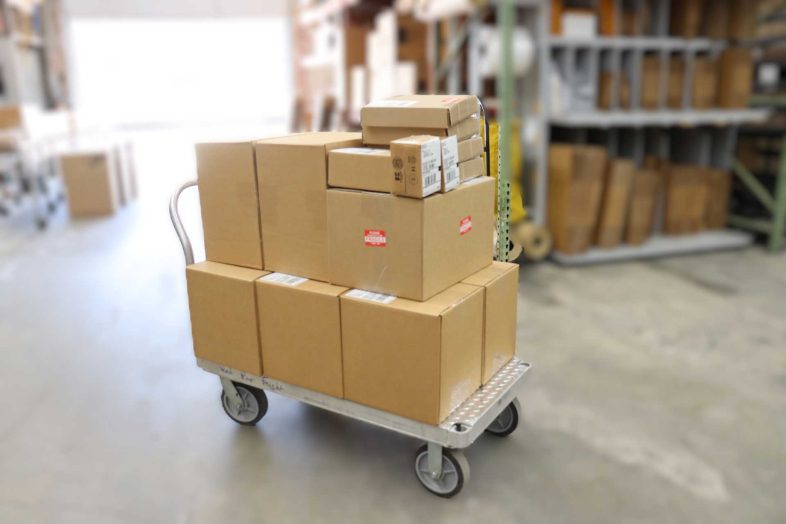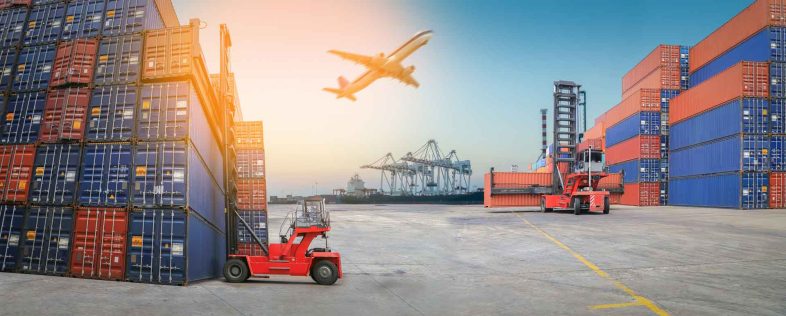To stay competitive and agile in the world of logistics and supply chain management, efficiency isn’t just an advantage–it’s a necessity. That’s why, at Red River Freight, we’ve introduced cross-docking to our services to make our 3PL model leaner, faster, and more cost effective for the businesses we work with.
But what exactly is cross-docking, and how can it transform your business operations? Read on to find out how this service works and how we can support you to maximize the potential of cross-docking.
What is cross-docking?
Cross-docking is a logistics procedure where products from a supplier or manufacturer are distributed directly to a customer or retail chain with minimal to no handling or storage time.
This means, as soon as your goods arrive at our facility, they’re quickly loaded onto outbound trucks for immediate distribution.
This efficient approach contrasts with traditional warehousing, where items are stored temporarily before dispatch, slowing down the delivery process.
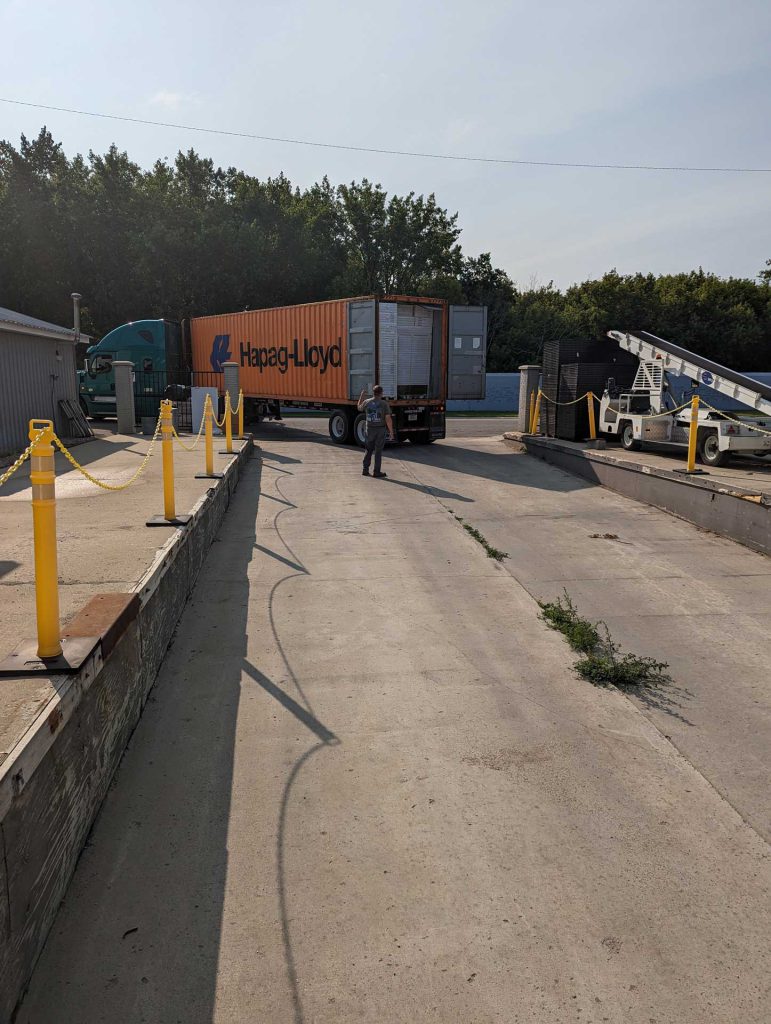
What are the benefits of cross-docking?
1. Reduced Risk
Cross-docking significantly reduces the time your goods spend in transit from production to customer. This means less handling, fewer errors, and no risk of damage during lengthy storage, speeding up your entire order fulfillment cycle—ideal for businesses operating under tight deadlines.
2. Increased Capital
By eliminating the need for storage, businesses can save significantly on storage fees, inventory holding costs, and internal logistics. Cross-docking cuts these expenses, freeing up capital that can boost other parts of your business or enhance your pricing strategy, giving you a competitive edge.
3. Happier Customers
Watch your products fly off the racks and into customers’ hands faster than ever. With goods moving directly from the incoming truck to the outgoing one, delivery times shrink dramatically, which is crucial for handling perishable items or capitalizing on fast-moving market trends.
4. Streamlined Compliance
Cross-docking simplifies the compliance process for shipping regulations and safety standards. By minimizing the time goods spend in the logistics chain, there’s less paperwork and fewer compliance checkpoints to manage. This efficiency not only reduces the administrative burden but also lowers the risk of compliance-related issues that can arise with traditional warehousing methods.
What businesses can benefit from cross-docking?
Cross-docking can significantly boost operational efficiency for various business types, particularly those with specific logistic needs, such as:
- High-Turnover Commodities: For businesses handling items like electronics or fashion, where product life cycles are short and inventory turnover is high, cross-docking ensures that products spend minimal time in storage, reducing capital tied up in stock.
- Perishable Goods: Companies dealing with perishable items such as food and flowers benefit from cross-docking because it reduces the time these goods spend in the supply chain, thus preserving freshness and reducing waste.
- Promotional and Seasonal Products: For items that are relevant only during certain times of the year or for short-term promotions, cross-docking enables quick distribution to meet tight deadlines and high demand periods without the need for long-term storage.
- Immediate Distribution Needs: Businesses that require fast response times to customer orders, such as those in fast-moving consumer goods, find cross-docking ideal to maintain the flow of goods without delays.
In short, businesses in e-commerce, retail, and manufacturing that strive for just-in-time delivery models will find cross-docking especially advantageous.
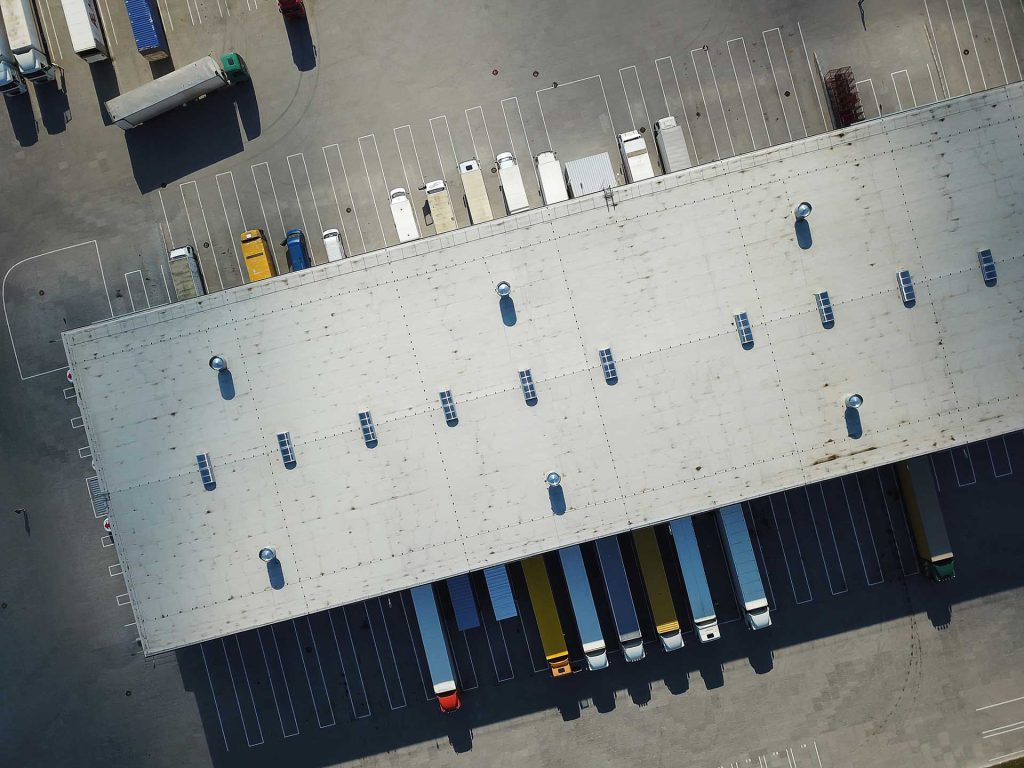
How does cross-docking work at RRF?
At Red River Freight, we’re proud to facilitate cross-docking with precision. Our facilities are strategically located to optimize transportation routes, especially between Canada and the US, ensuring quick turnaround for all inbound and outbound deliveries.
Here’s a quick overview of the process:
- Inbound Receiving: Goods arrive at the RRF facility and are immediately sorted for delivery.
- Quality Checks and Transfer: Each item undergoes a swift quality check to ensure it meets the required standards before being transferred to the outbound dock.
- Outbound Loading: Goods are then loaded onto outbound trucks, which are scheduled to minimize wait time and ensure rapid delivery.
Our cross-docking services are designed not just to meet the logistical needs of modern businesses, but to anticipate and innovate solutions that drive efficiency and growth.
By reducing handling times, lowering costs, speeding up delivery, and enhancing overall efficiency, our cross-docking services provide a streamlined solution for our clients to optimize their supply chain operations.
Our strategic location between Canada and the U.S. enhances our cross-docking services significantly. This prime positioning allows for smoother and more efficient cross-border logistics, facilitating quicker transfer and distribution of goods across North America.
Businesses that engage in international trade between these two countries can greatly benefit from reduced transit times and streamlined customs processes, making cross-docking at this location particularly advantageous for maintaining a fast-paced supply chain.
If you’re looking for a solution that will both minimize logistical hurdles and maximize efficiency, partnering with a trusted provider like Red River Freight to introduce cross-docking to your operations could be the strategic advantage your business needs to stay ahead in a competitive market.
For a free quote on introducing cross-docking services to your business with our expert team, contact our team today to discuss your specific needs and how we can help transform your supply chain challenges into opportunities for growth.
